Home>Interior Design>How To Store Wine: 5 Ways To Ensure It Retains Its Flavor
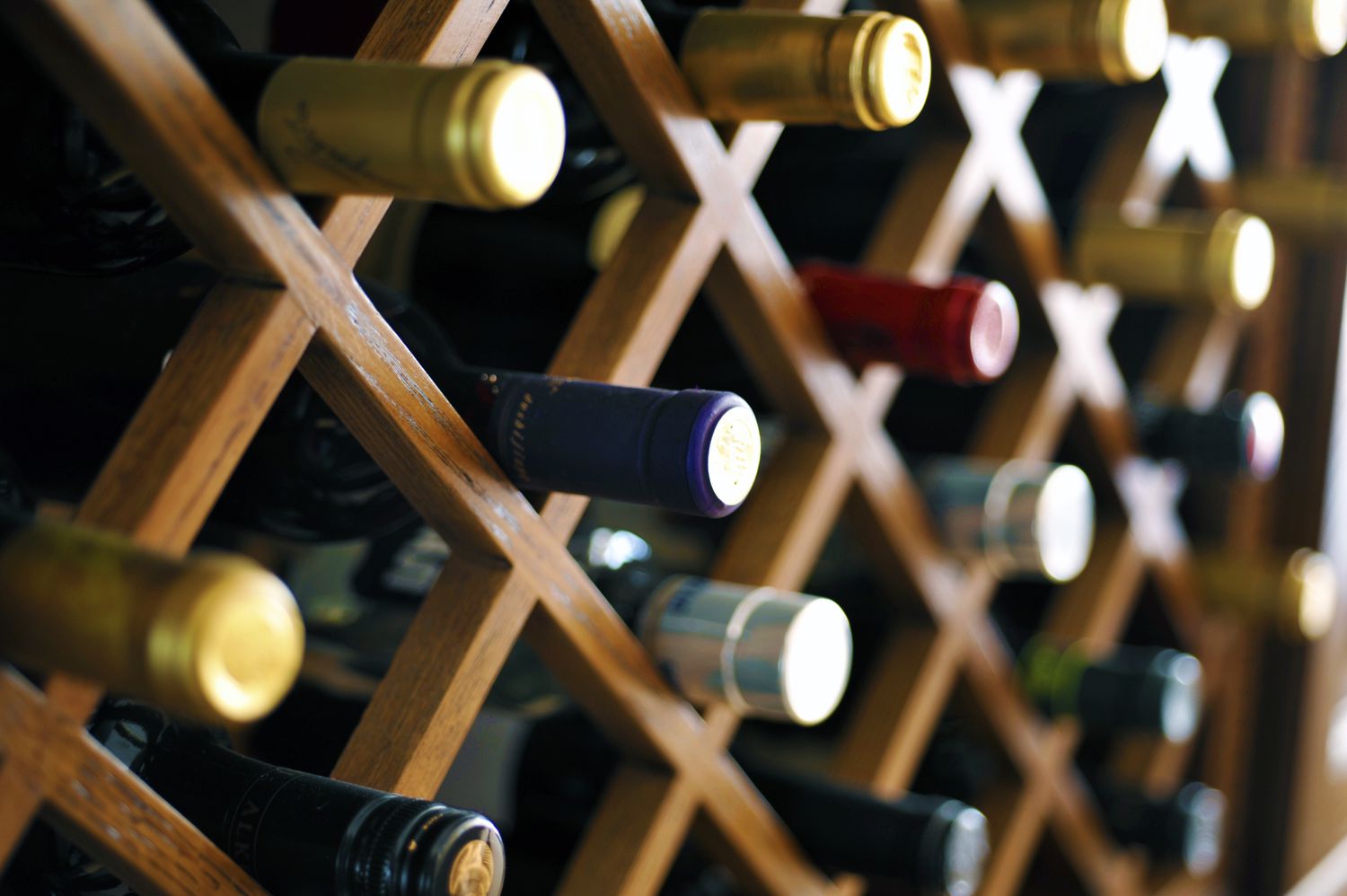

Interior Design
How To Store Wine: 5 Ways To Ensure It Retains Its Flavor
Modified: January 18, 2024
Learn how to store wine properly with these 5 interior design-inspired methods, so you can preserve its flavor and enjoy every sip.
(Many of the links in this article redirect to a specific reviewed product. Your purchase of these products through affiliate links helps to generate commission for Storables.com, at no extra cost. Learn more)
Introduction
When it comes to storing wine, maintaining its optimum flavor is of utmost importance. Whether you are an avid wine collector or simply enjoy the occasional bottle, understanding the proper storage techniques can make a significant difference in the longevity and quality of the wine. In this article, we will explore five essential ways to store wine effectively, ensuring that it retains its flavor and improves with time.
Proper wine storage is critical because it helps preserve the wine’s delicate composition and prevent it from spoiling. Factors such as temperature, humidity, exposure to light, and even vibrations can impact the taste, aroma, and overall quality of the wine. By following these guidelines, you can create an ideal storage environment that will allow your wine to reach its full potential.
Key Takeaways:
- Proper wine storage involves controlling temperature, humidity, and avoiding vibrations to preserve flavor and quality. Horizontal storage, UV protection, and choosing the right location are essential for maintaining wine’s integrity.
- Investing in dedicated storage solutions and following proper storage techniques ensures that each bottle of wine remains a delightful experience for years to come. Cheers to perfectly stored wines and memorable wine-tasting moments!
Read more: How To Store Wine After It’S Been Opened
Proper Temperature and Humidity Control
One of the most crucial factors in storing wine is maintaining the correct temperature and humidity levels. Wine is sensitive to fluctuations in temperature, which can cause it to age too quickly or spoil. The ideal temperature range for storing wine is between 45°F (7°C) and 65°F (18°C).
Extreme temperatures, both hot and cold, can have a detrimental impact on the wine. High temperatures can accelerate the aging process, leading to oxidation and a loss of flavor. On the other hand, low temperatures can cause the wine to freeze, damaging the cork and potentially breaking the bottle.
In addition to temperature, humidity is also a critical factor. The ideal humidity range for wine storage is between 50% and 70%. Insufficient humidity can dry out the corks, risking air exposure and spoilage. Conversely, excessive humidity can lead to mold growth and label damage.
To achieve proper temperature and humidity control, consider investing in a wine refrigerator or cellar. These storage solutions are designed specifically for wine and allow you to set and monitor the desired conditions. Alternatively, if you don’t have access to a designated wine storage unit, choose a cool, dark, and stable area in your home that meets the recommended temperature and humidity range.
Always remember that consistency is key. Avoid frequent temperature fluctuations and keep the wine away from heat sources such as radiators and direct sunlight, which can significantly impact its quality and taste.
Store Wine Horizontally
Storing wine horizontally is a fundamental practice in preserving its quality and longevity. When wine bottles are stored upright, the cork can dry out, leading to air exposure and potential oxidation. This can significantly impact the flavor and aroma of the wine, diminishing its overall quality.
By storing wine bottles on their sides, the liquid inside the bottle keeps the cork moist, preventing it from drying out. This helps maintain a proper seal and minimizes the risk of oxygen permeating into the bottle. Additionally, storing wine horizontally reduces the chance of sediment settling at the bottom of the bottle, making it easier to pour and enjoy.
It’s important to note that not all wine bottles require horizontal storage. Screw-cap bottles or those with alternative closures do not rely on the same sealing mechanism as traditional cork closures. However, it’s still recommended to store these bottles horizontally to ensure consistency and avoid any accidental label damage.
When organizing your wine collection, consider investing in wine racks or storage units specifically designed to hold bottles horizontally. These racks come in various sizes and materials, allowing you to customize your storage space according to your needs and available space.
Keep in mind that regardless of the storage method you choose, it’s essential to handle the bottles with care to avoid disturbing the sediment or jostling the wine. This helps maintain the wine’s clarity and flavor profile.
Avoid Vibrations
While it may not be immediately evident, vibrations can have a detrimental effect on the flavor and quality of stored wine. Vibrations can disturb the sediment present in the bottle, affecting the wine’s clarity and taste. Additionally, constant movement can speed up the aging process, resulting in premature deterioration of the wine.
Excessive vibrations can arise from a variety of sources, including nearby machinery, appliances, or even foot traffic. To minimize vibrations, consider storing your wine in a location that is away from these potential disturbances. If you have a dedicated wine cellar or refrigerator, ensure that it is installed in a quiet area of your home.
If you don’t have access to a dedicated storage space, you can use vibration-absorbing materials to minimize the impact of external vibrations. These materials can include rubber mats, foam insulation, or specialized vibration-dampening pads, which can be placed under the wine racks or storage units.
It’s important to note that short-term or occasional vibrations will not have a significant impact on the wine. However, consistent exposure to vibrations can lead to noticeable changes in the taste and texture of the wine over time. By taking steps to reduce vibrations, you can ensure that your wine remains undisturbed and its flavors remain intact.
Store wine in a cool, dark place away from direct sunlight and temperature fluctuations. Keep the bottles on their side to keep the cork moist and prevent oxidation. Avoid storing wine in the kitchen or near strong odors.
Protect from Sunlight and UV Exposure
Protecting your wine from sunlight and ultraviolet (UV) exposure is essential for maintaining its flavor and integrity. Prolonged exposure to direct light can cause chemical reactions in wine, resulting in what’s known as “lightstrike.” This can cause the wine to develop unpleasant aromas and flavors, ultimately diminishing its overall quality.
UV rays, specifically, can degrade the wine over time. They can break down organic compounds in the wine, leading to oxidation and a loss of freshness. This is why wine bottles are typically made with tinted glass, which helps filter out some UV rays. However, it’s still crucial to shield your wine from direct sunlight as much as possible.
To protect your wine, store it in a dark area or use opaque wine storage containers that block out light. If you have a wine cellar or room with windows, make sure to cover them with light-blocking curtains or blinds. This will minimize exposure to sunlight and UV rays.
It’s also important to note that artificial lighting can also emit UV rays. If you choose to display your wine collection, use LED or low-UV light bulbs to minimize any potential damage.
When transporting wine, especially for long distances or during outdoor events, always use protective wine bags or coolers that provide insulation and UV protection. This will help safeguard the wine from light exposure and maintain its quality.
By taking these precautions and ensuring that your wine is shielded from sunlight and UV exposure, you can preserve its flavor, aromas, and overall quality for years to come.
Choose the Right Storage Location
Choosing the right storage location for your wine is crucial in ensuring its proper preservation and longevity. The ideal location should provide a consistent temperature, humidity, and protection from external factors that can negatively impact the wine’s quality.
Avoid storing wine in areas that are subject to extreme temperature fluctuations, such as a garage or attic. These areas can experience significant temperature swings, which can harm the wine and hasten its aging process. Instead, opt for a cool and stable location within your home.
Basements can often be a suitable storage option as they tend to have a naturally cool and consistent temperature. However, make sure the humidity levels are within the recommended range, as excessive dampness can lead to mold growth and label damage. A wine cellar or wine refrigerator can provide the ultimate control over temperature and humidity, ensuring an optimal storage environment.
In addition to temperature and humidity, the storage location should also be free from strong odors. Wine has the unique ability to absorb smells, so it’s crucial to keep it away from any chemicals, cleaning products, or other strongly scented items. Keeping the wine in a dedicated storage space, separate from everyday household items, will help maintain its pristine flavors and aromas.
Furthermore, the storage location should be well-ventilated to allow for proper air circulation. Adequate ventilation helps prevent the buildup of musty odors and maintains a fresh and clean environment for the wine.
Lastly, consider the layout and accessibility of the storage location. Ensure that the wine bottles are stored in a way that allows for easy access and visibility, making it convenient to select and enjoy your desired bottle. Organize your wine collection by varietal, region, or age, whatever method works best for you.
By choosing the right storage location, you create an environment that promotes the proper aging and development of your wine, allowing it to reach its full potential.
Conclusion
Properly storing wine is essential for preserving its flavor, aroma, and overall quality. By following these five key tips, you can create an ideal storage environment for your wine collection:
- Control the temperature and humidity to maintain optimal conditions for aging and prevent spoilage.
- Store wine horizontally to keep the cork moist and ensure a proper seal.
- Avoid vibrations that can disturb the sediment and accelerate the aging process.
- Protect wine from sunlight and UV exposure to prevent lightstrike and oxidation.
- Choose the right storage location that provides a consistent temperature, humidity, and protection from external factors.
Whether you have a small collection or an extensive wine cellar, implementing these storage techniques will help you enjoy your wines at their best. Remember to handle the bottles with care, keep track of their aging potential, and enjoy the process of exploring and savoring different varieties.
Investing in proper storage solutions such as wine refrigerators, cellars, or racks can provide long-term benefits for your wine collection. It’s an investment that pays off by preserving the unique characteristics and flavors of each bottle.
By paying attention to the details of wine storage, you can ensure that each bottle remains a delightful experience for years to come. Cheers to perfectly stored wines and memorable wine-tasting moments!
Frequently Asked Questions about How To Store Wine: 5 Ways To Ensure It Retains Its Flavor
Was this page helpful?
At Storables.com, we guarantee accurate and reliable information. Our content, validated by Expert Board Contributors, is crafted following stringent Editorial Policies. We're committed to providing you with well-researched, expert-backed insights for all your informational needs.
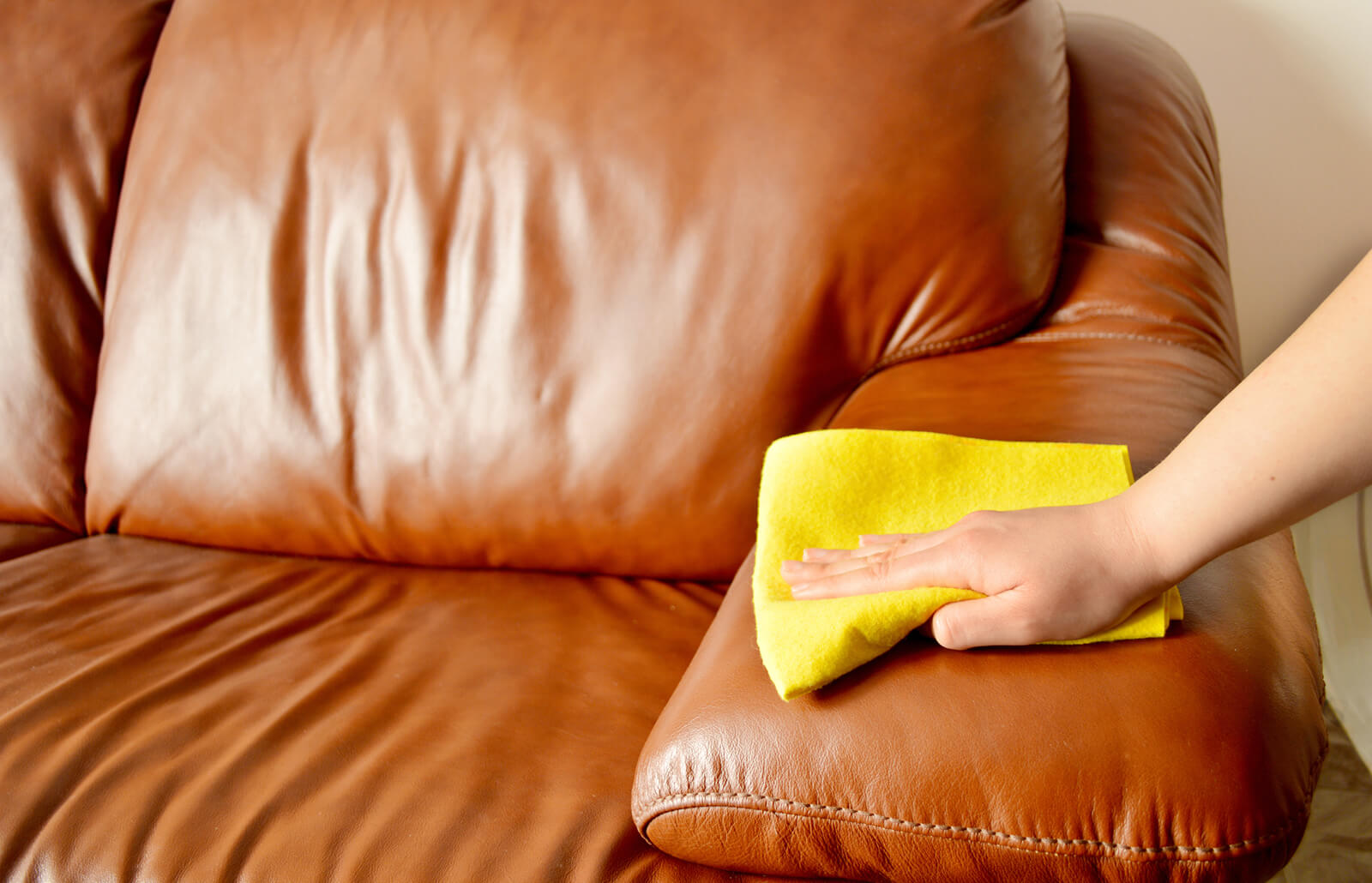
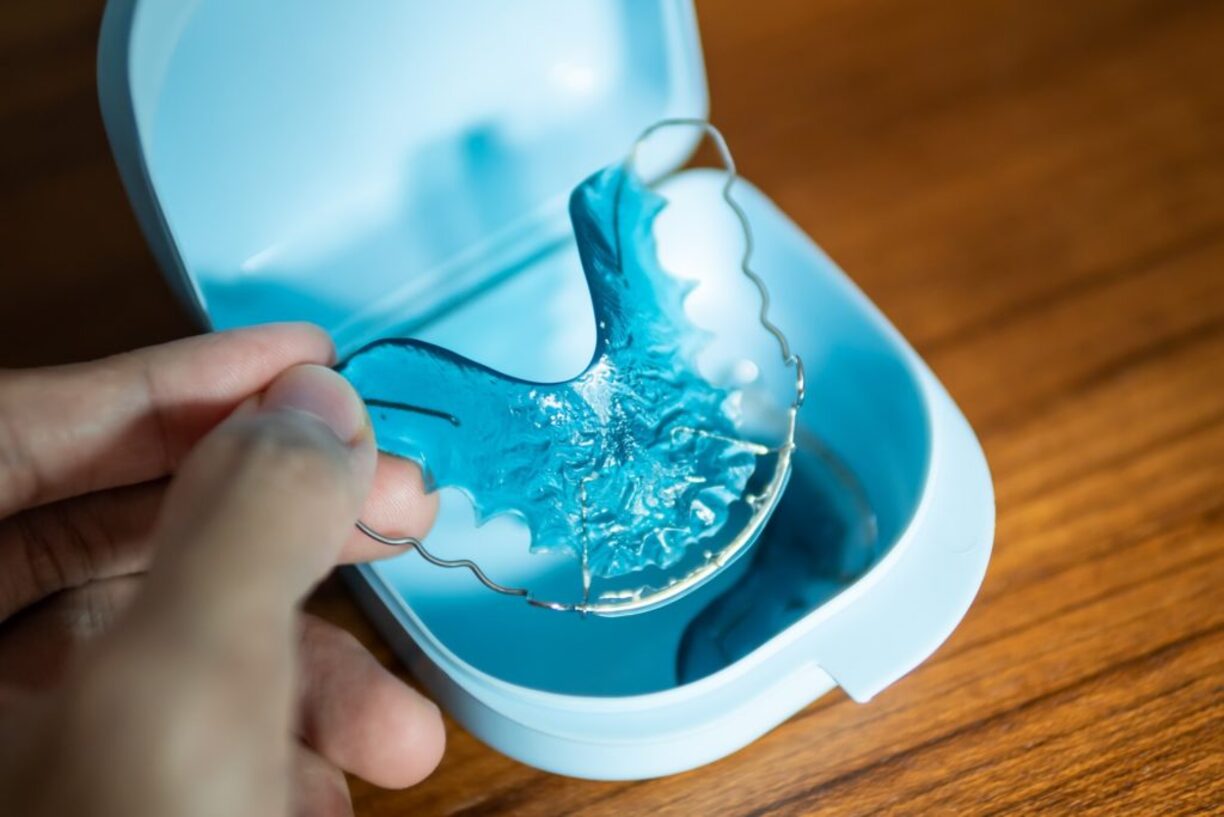
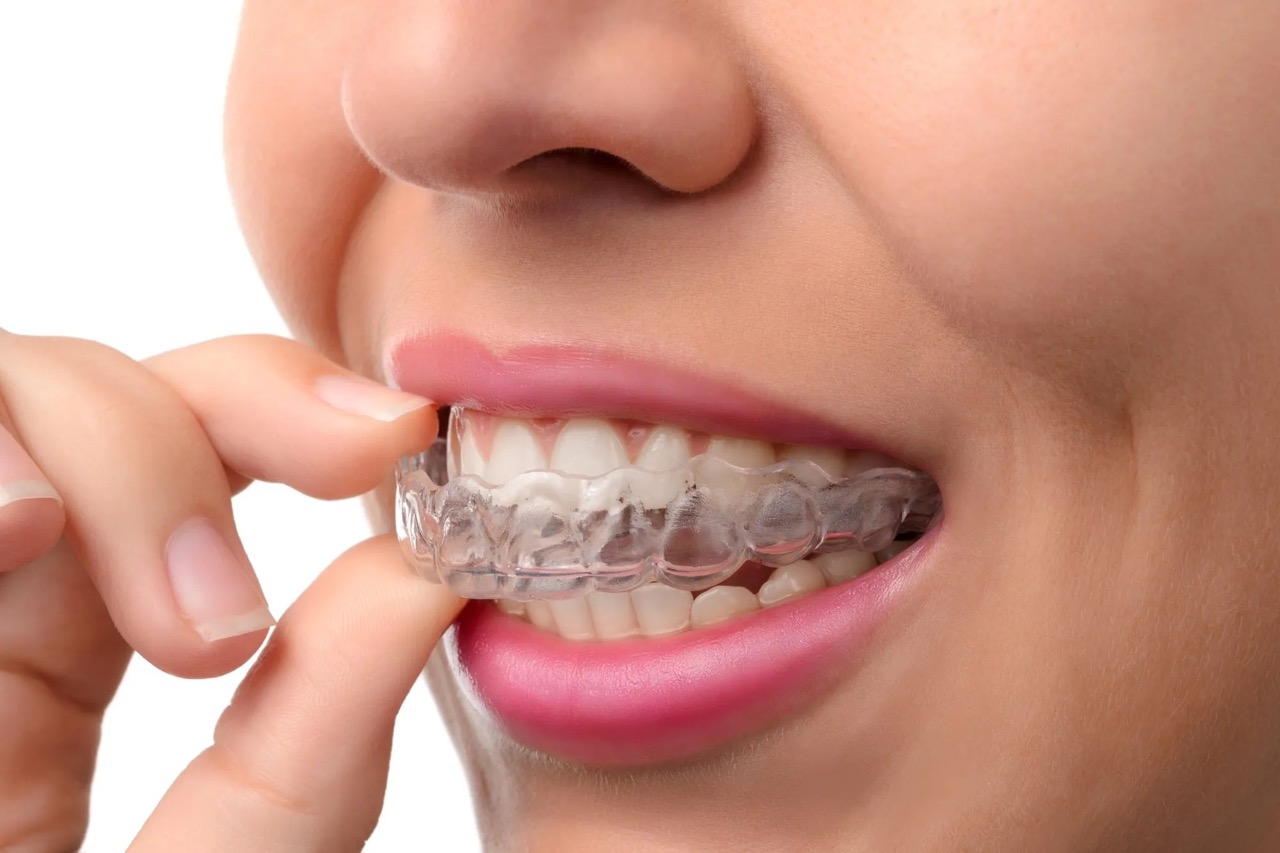
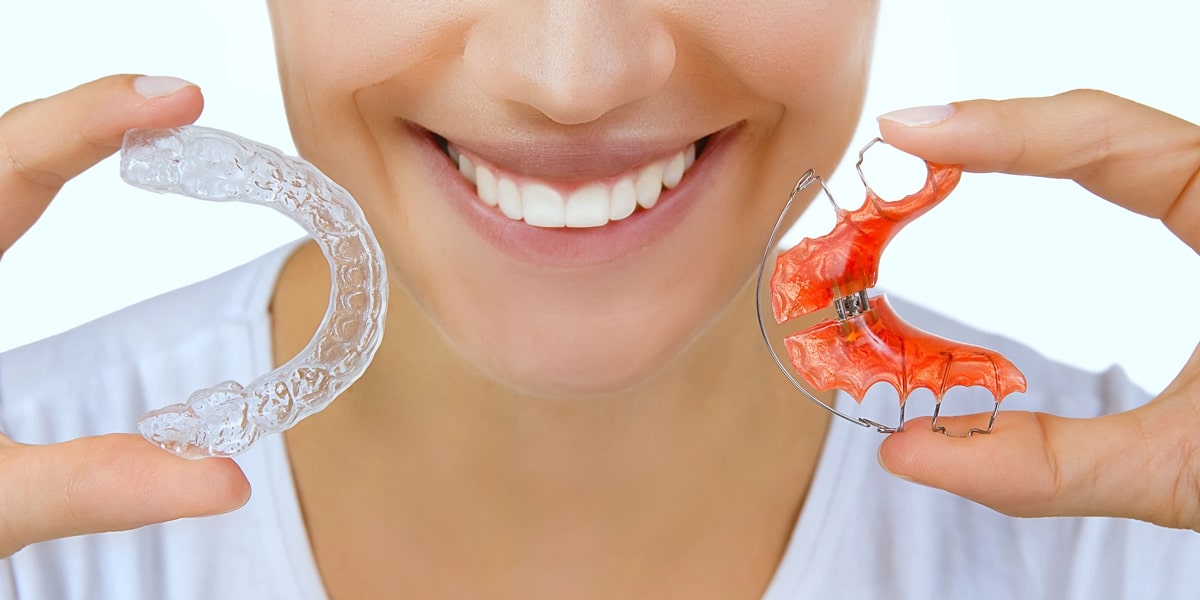
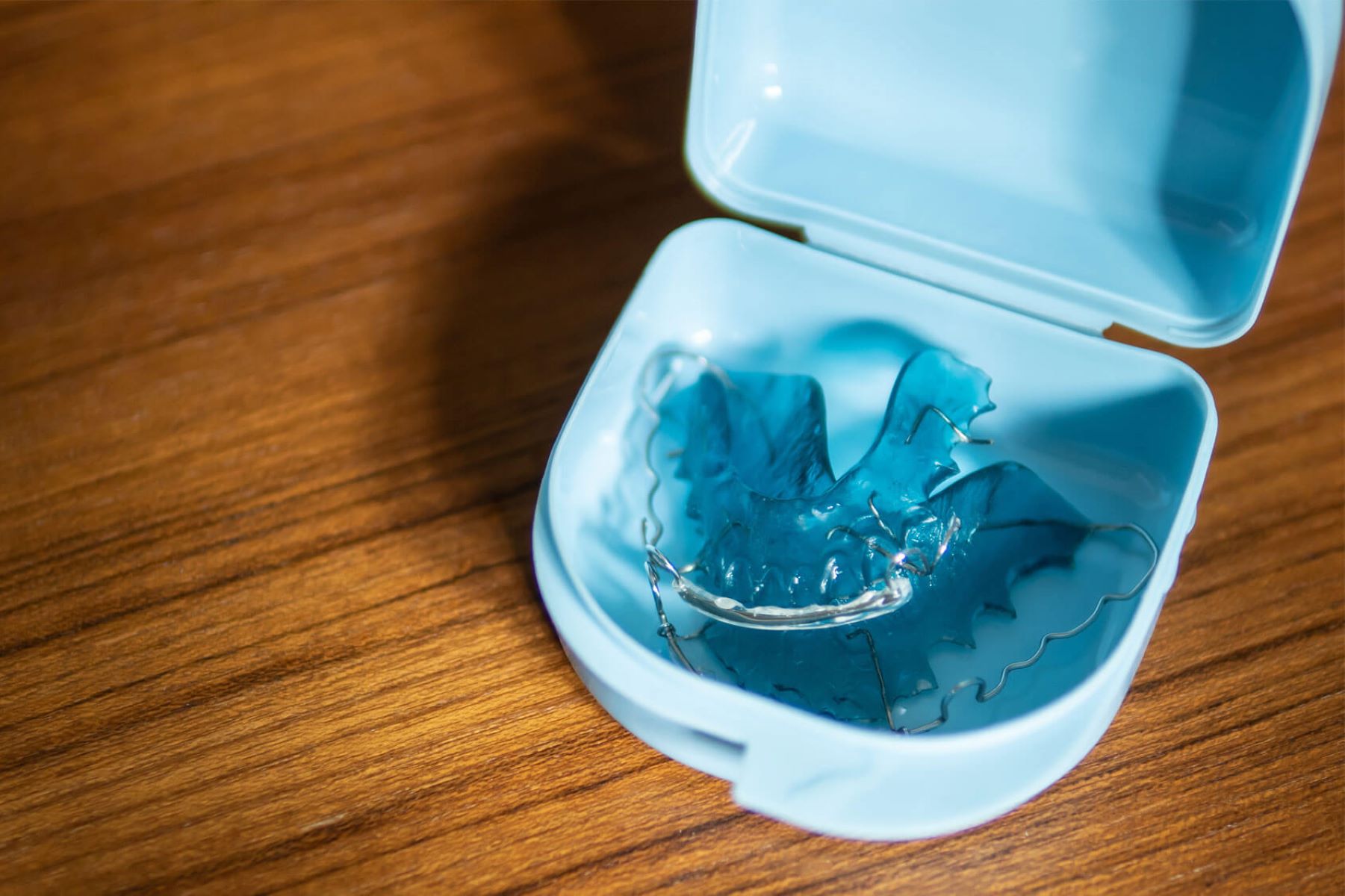
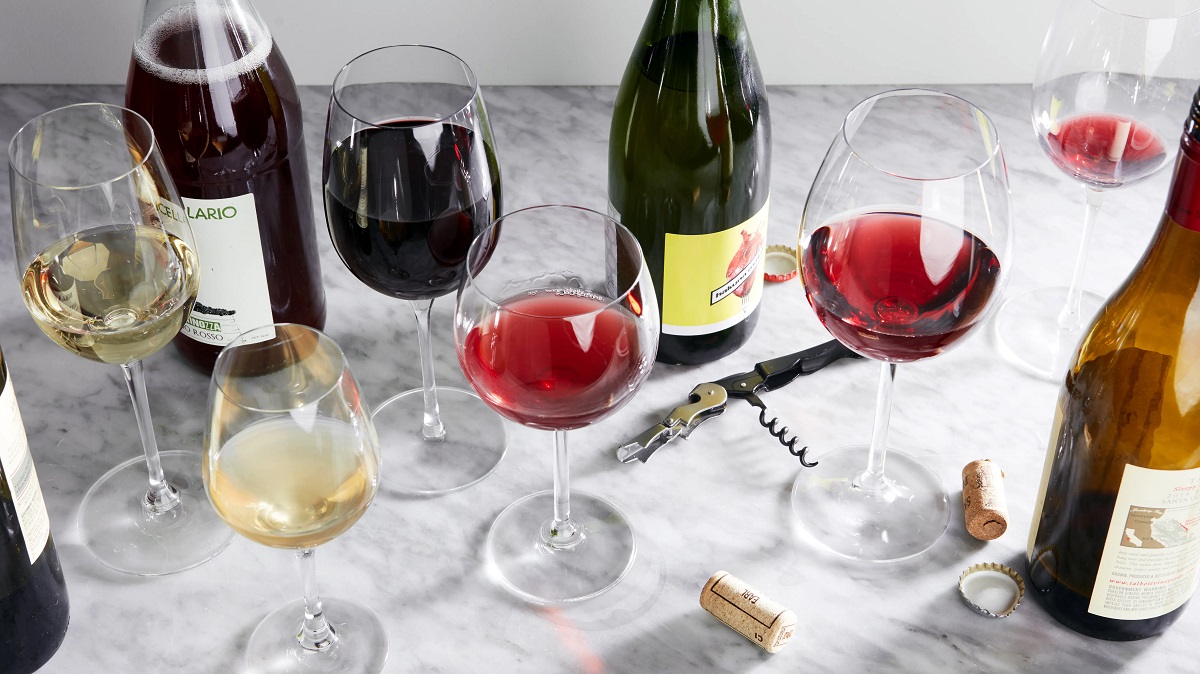
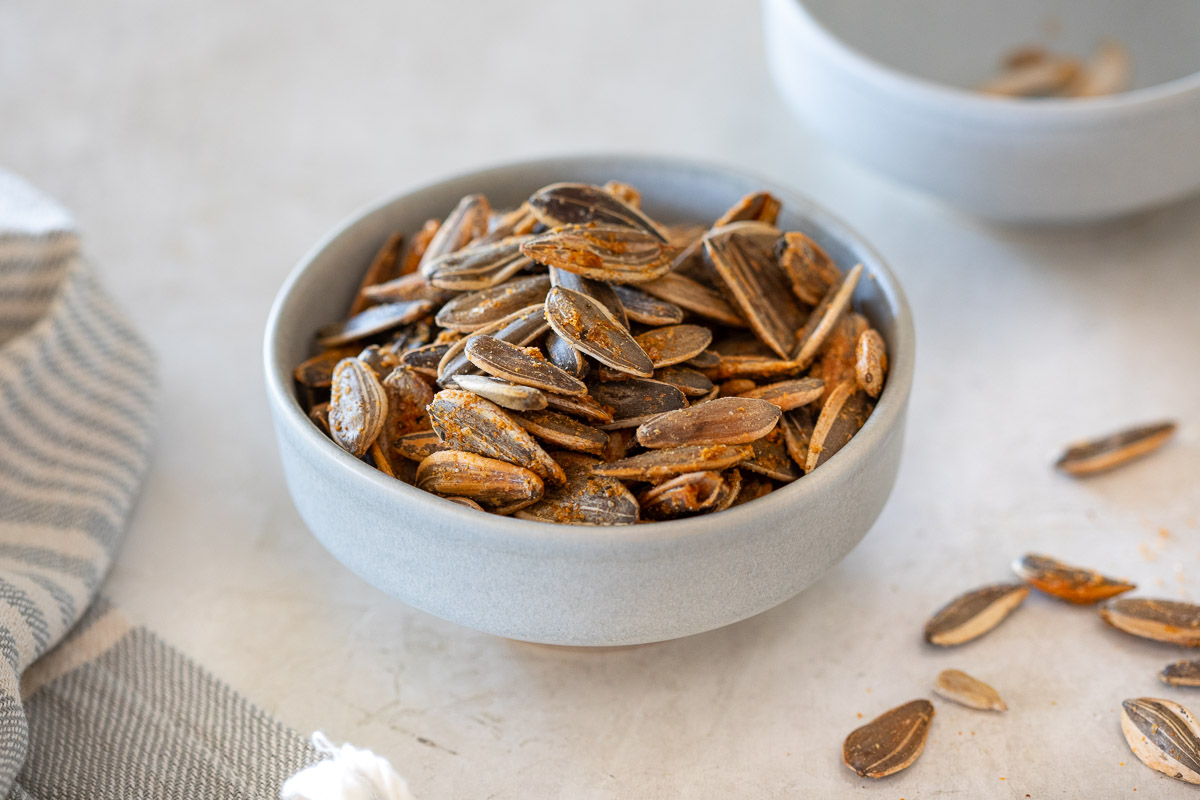
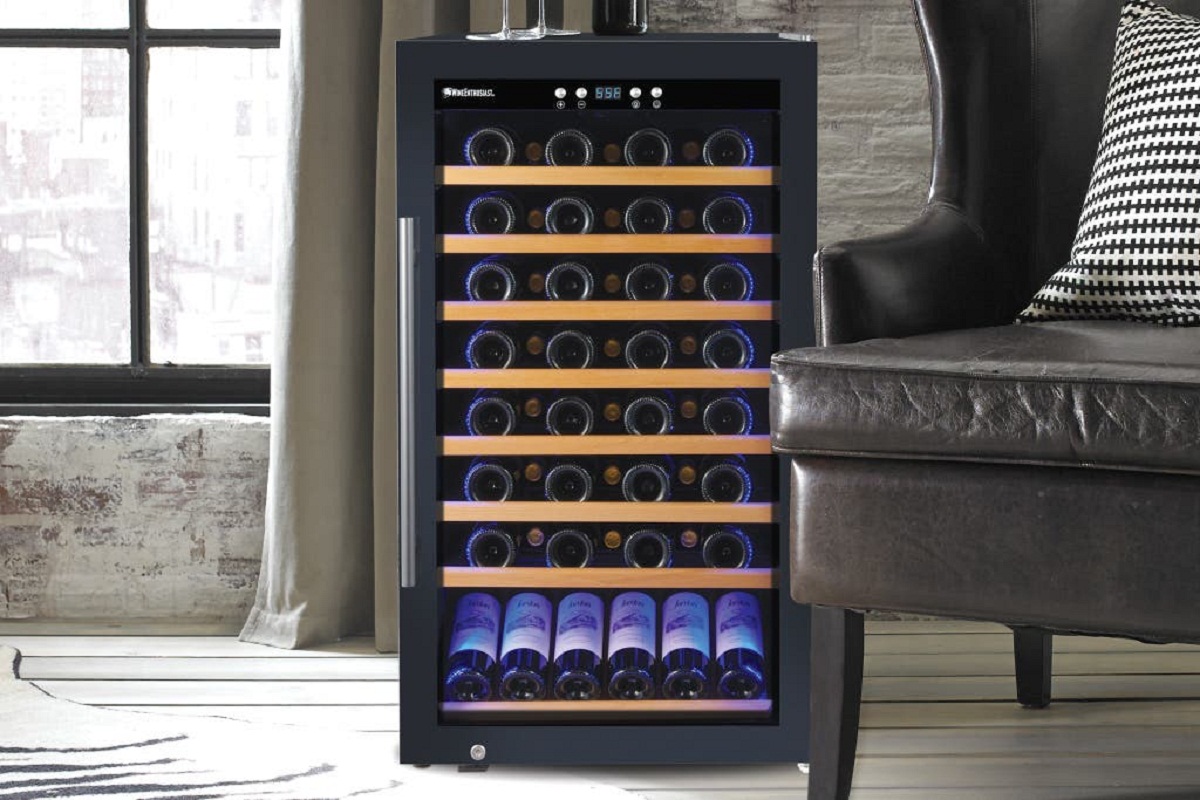
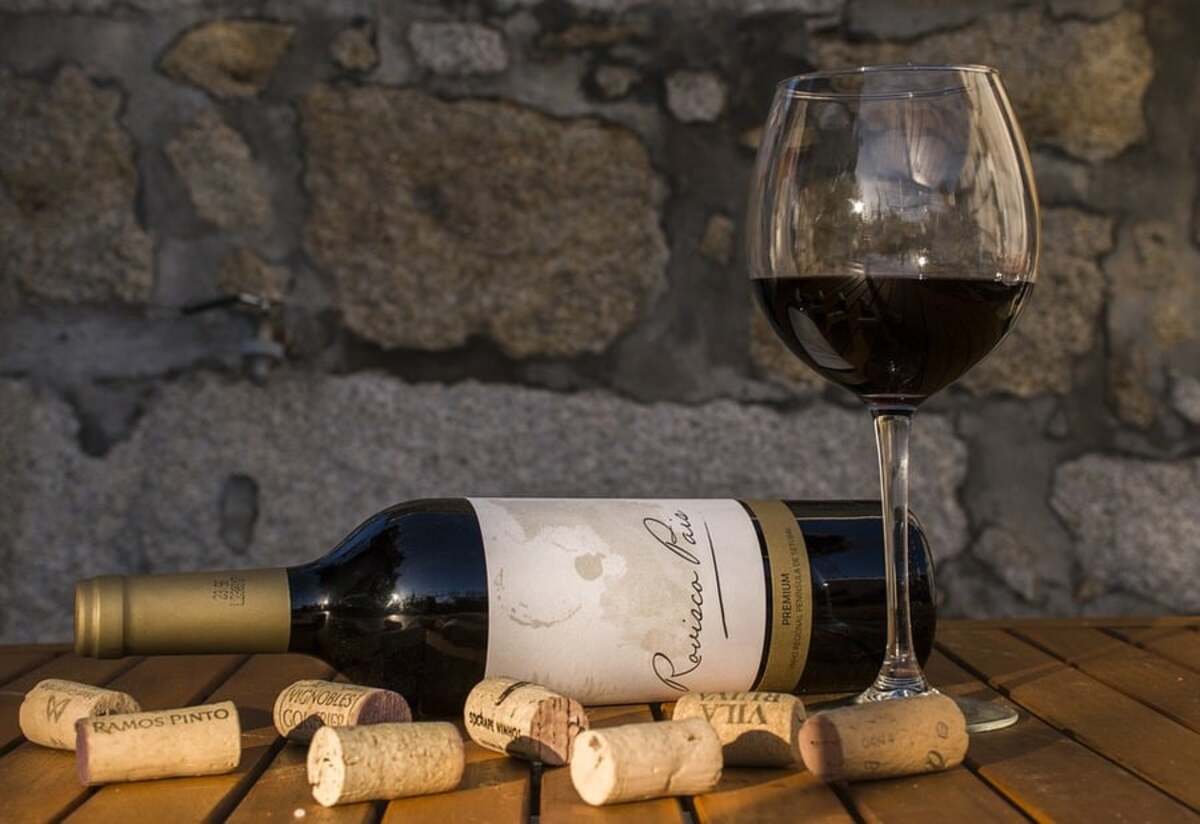
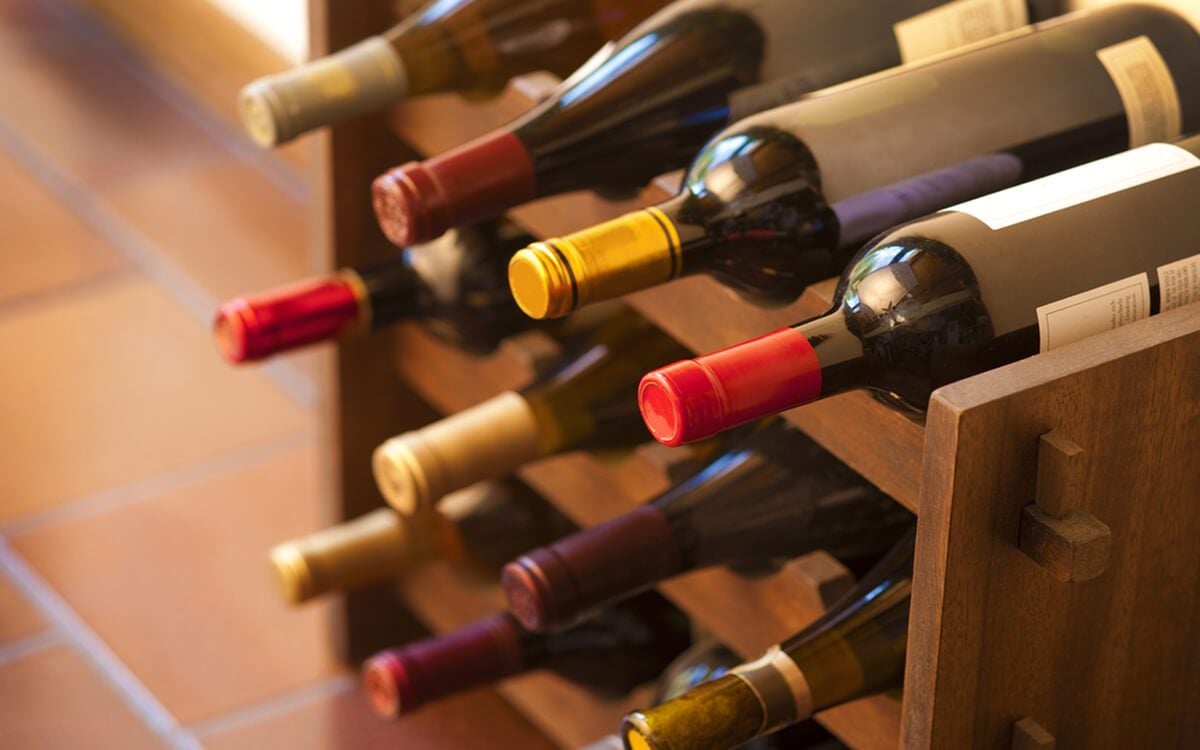
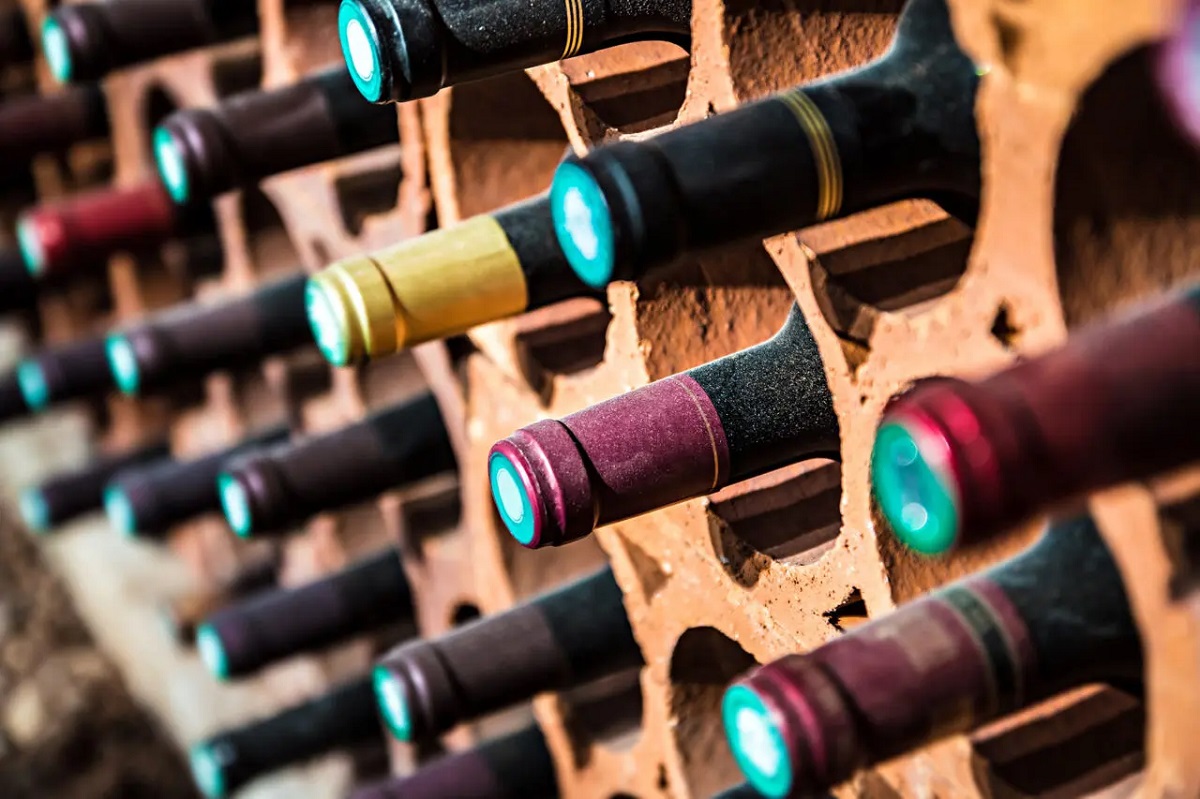
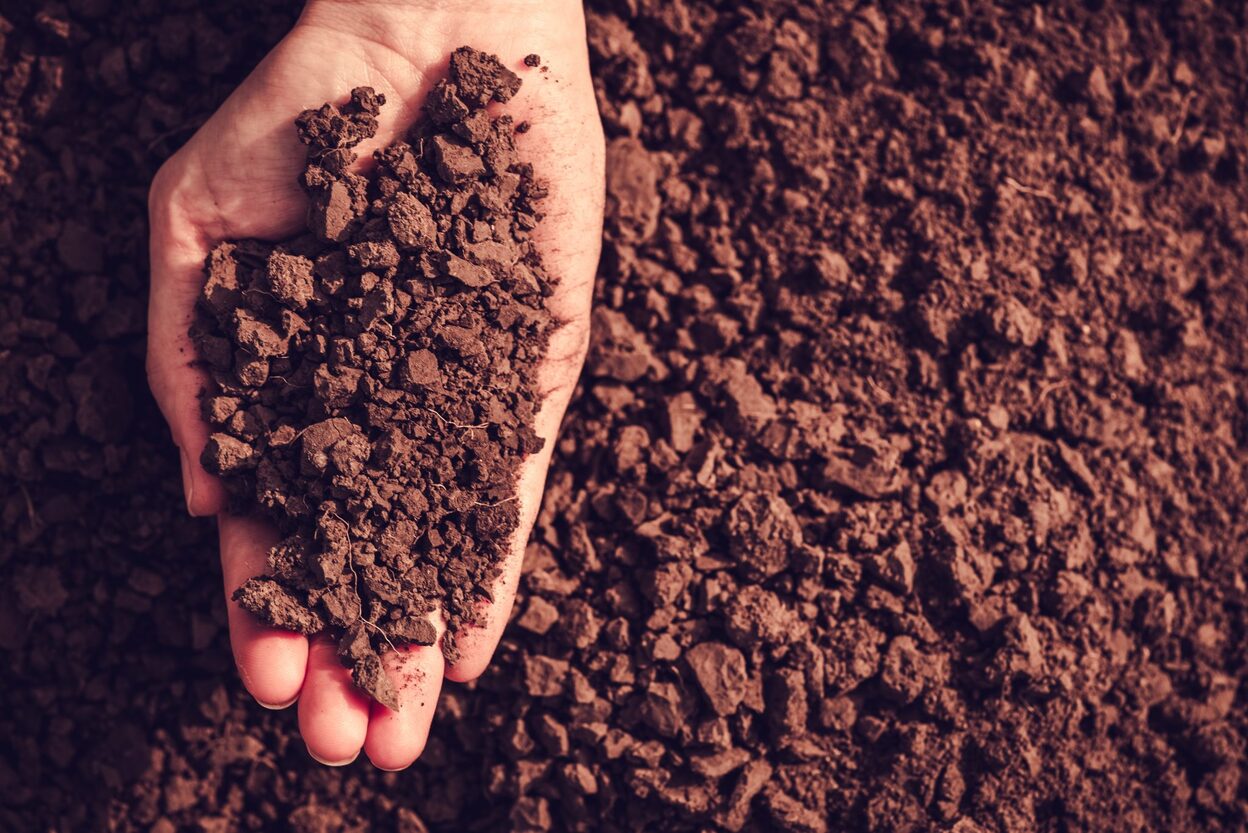
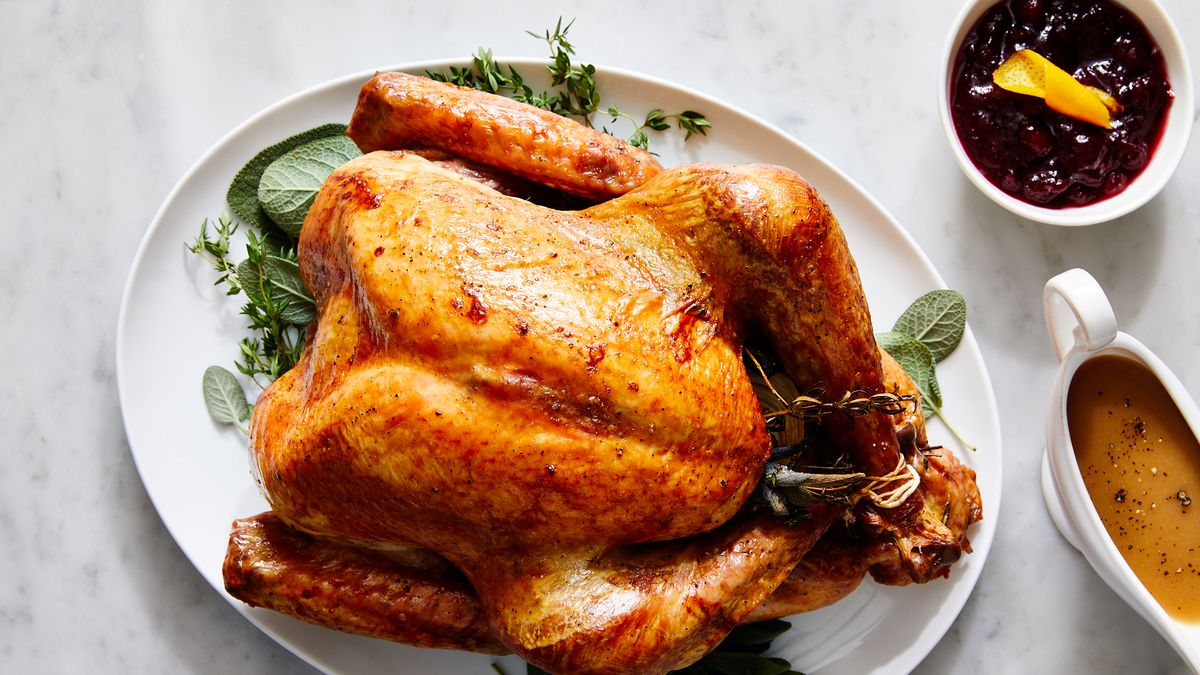


0 thoughts on “How To Store Wine: 5 Ways To Ensure It Retains Its Flavor”